
Beautiful days are back and you may have had the idea and the desire to go on an adventure with your bivouac and paragliding equipment. Today we tell you everything about this practice: level required, equipment, regulations in France, sites in Auvergne, ...
Similar to the trekking flight but with the added aspect of sleeping outside, the bivouac flight is a way to really enjoy the landscapes and get closer to nature and disconnect for a few days or more. It is a great activity to recharge your batteries in the mountains between flying, walking and bivouacking and to discover different sites over a few days. The day in expedition, between walking and flying and in the evening camping, to leave the next morning for a new day of hiking and paragliding; the flight-bivouac is really an activity for nature and paragliding lovers.
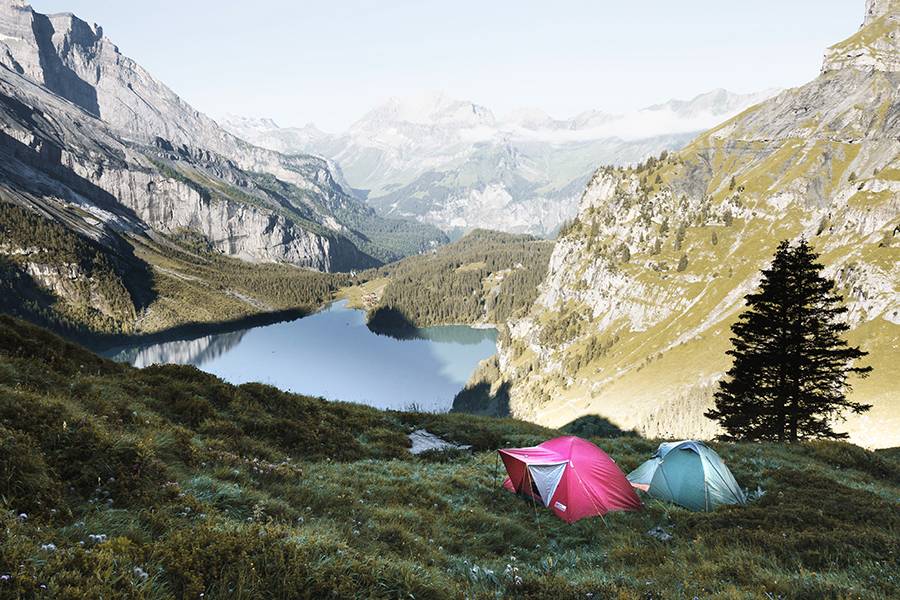
But this practice requires a minimum level in paragliding, as well as special equipment. It is important to be completely autonomous for take-off and landing, to have a certain piloting technique and to know how to analyse sites and environments that are often unknown. Bivouac flying also requires a certain level of physical fitness for the walking aspect, depending on the route you plan to take.
If you wish to start your first flight-bivouac trekking adventures, it is of course preferable to start slowly: don't leave for 1 week but rather for 2-3 days, on easily accessible sites, not too technical, to enjoy these few days and to want to start again by challenging yourself a little more.
Bivouac requires more equipment than a basic flight. You have to bring more material to sleep, eat, ... It requires more weight in addition to the material to fly. To avoid breaking your back, and to be able to support the days of walking, it is necessary to optimize the stuff you take and to opt for light or ultra-light equipment.
As you can see, the objective in bivouac is of course to optimize the weight and volume of your equipment for ergonomics and to be as comfortable as possible during the walk and the flights.
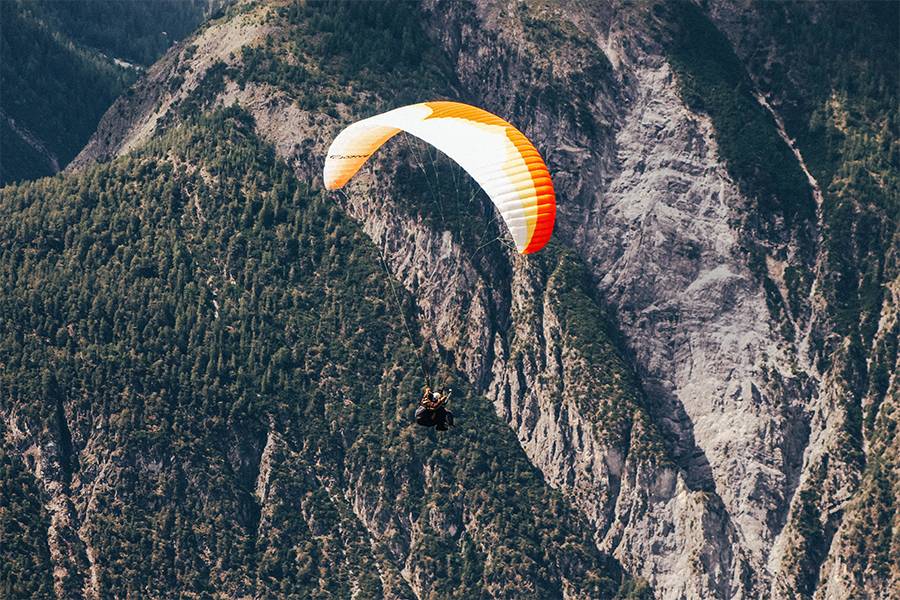
But before going on a bivouac, it is important to know the rules to respect in nature. Many people do not necessarily know the rules, yet it is important to respect the rules for the good of all: the fauna and flora but also the people you may meet in the mountains (shepherds, guides, etc.).
To begin with, bivouacking consists of setting up camp for one night (roughly between 7pm and 9am): pitch your tent in the morning and leave in the morning to continue your journey. You cannot pitch your tent for a few days and leave it all day long because otherwise it becomes wild camping and there are rules to respect.
For bivouac, rules are quite simple:
For your tent: it is forbidden to pitch your tent:
For campfires:
Make sure you find out about the authorised or unauthorised areas and the rules to be respected before setting off on an expedition and sleeping in a bivouac under the stars.
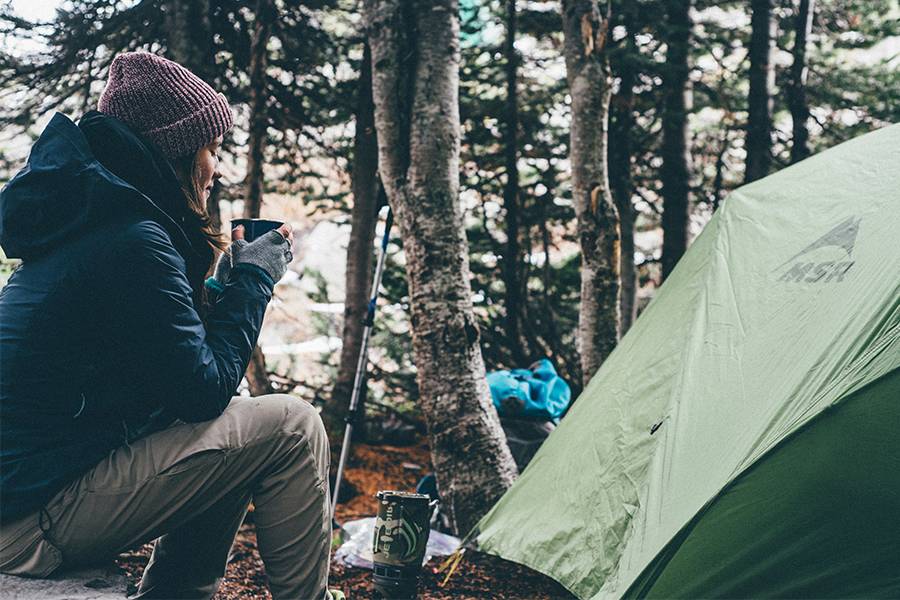
And we are lucky, the Auvergne offers great possibilities in terms of bivouac and walking and flying for paragliding. Beautiful mountain landscapes and great paragliding spots to disconnect and go on an adventure for a few days!
In the Puy de Dôme, the Massif du Sancy offers many walking and flying sites and beautiful hikes. Go hiking and paragliding in search of fresh air and 360° panoramas and also enjoy the coolness of the mountain lakes. Various landscapes for a few days of bivouac in the middle of nature.
Find the paragliding sites of the Massif du Sancy in our article on all paragliding sites in the Puy de Dôme.
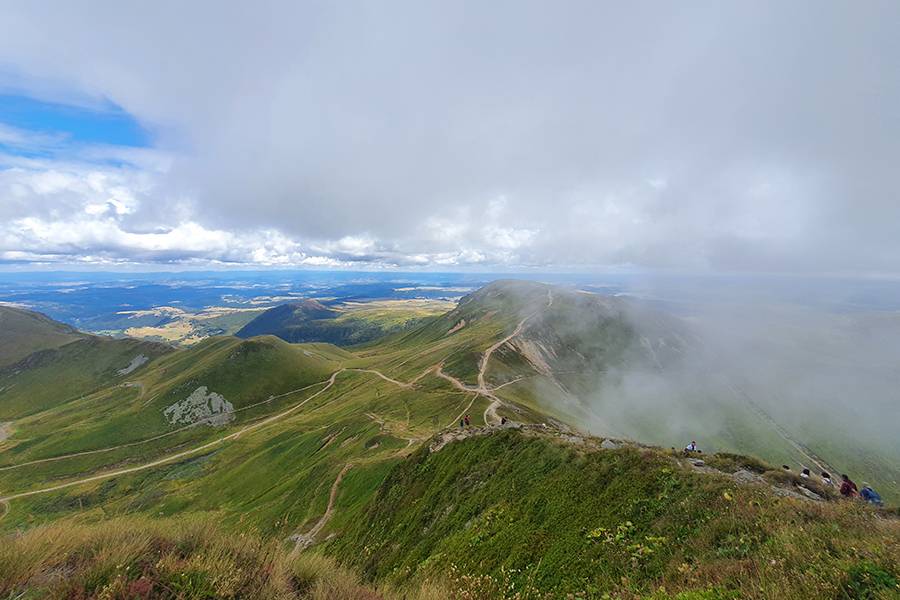
A little further down in the Auvergne, in the Cantal, the Monts du Cantal are also great sites for bivouacking. Peace and quiet, beautiful green landscapes, numerous sites, ... what better way to come and enjoy a little bivouac adventure alone or with friends with your tent and paraglider.
Most important spots are the following:
A great walking and flying paragliding competition (without the bivouac aspect) is organised every year at the beginning of July in the heart of the Cantalien Massif: the Cantal Air Tour. This shows the quality of this site in terms of paragliding. You can still register for this year directly via this link.
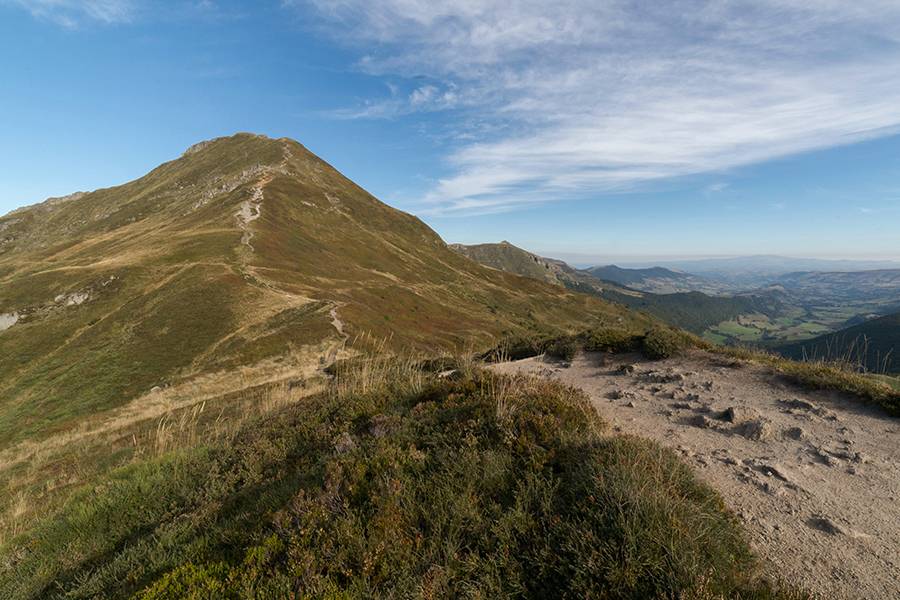
Now that you know more about bivouac flying, maybe you can organise your first little trips alone or with your paragliding friends in the Auvergne or elsewhere in France and in the world. A great way to enjoy a few days and completely disconnect from everyday life in the middle of nature!
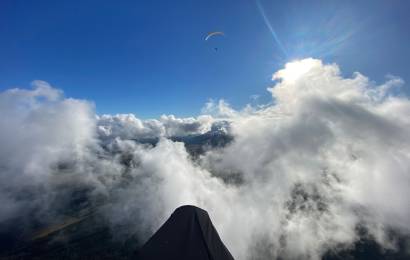
Paragliding is an aerial sport that allows you to discover beautiful landscapes and experience uniqu...
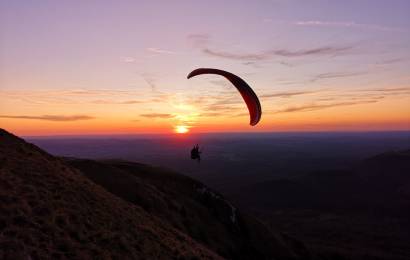
Have you always wanted to fly a paraglider while the sun was setting, as you can see in photos or vi...

